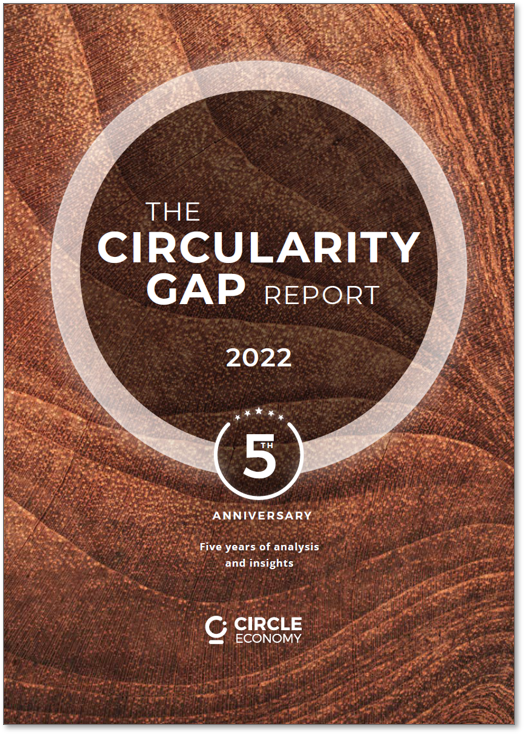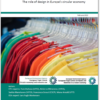
The Circularity Gap Report 2022
Between the 2015 Paris Agreement and COP26 in Glasgow, the world saw a significant increase in the consumption of virgin materials, totaling more than half a trillion tonnes. Despite heightened global climate ambitions, the Circularity Gap—which measures how much of the world's materials are recycled back into the economy—worsened. Only 8.6% of materials were cycled in 2020, down from 9.1% in 2018. The global economy consumed materials at a rate 70% faster than the Earth's ability to replenish, threatening the planet's sustainability.
COP26 yielded some progress, such as the recognition of the need to end fossil fuel dependency, establishing new carbon market rules, and addressing the financial responsibilities of richer nations for their historical climate impact. However, much remains to be done, with the upcoming World Economic Forum in Davos and COP27 in Egypt being critical for advancing the climate agenda.
Over five years of Circularity Gap Reports have underscored the world's linear consumption pattern. In 2019, the Earth's resources were used at a record-breaking rate, with 100 billion tonnes of materials consumed. This linear model of consumption is connected to various societal needs and has led to exceeding sustainable boundaries, contributing to a 1.1-degree global temperature increase since pre-industrial times.
Despite the slow shift in international climate action and the awareness raised over the past five decades, circular economy practices are still far from the norm. The Circularity Gap Report of 2022 offers a roadmap with 21 circular solutions that can significantly reduce resource extraction and emissions, potentially reducing resource use by 28% and emissions by 39%, aligning with the 1.5-degree climate goal.
The report emphasizes that without abandoning business-as-usual attitudes and linear thinking, the necessary scale of change cannot be achieved. It highlights the importance of adopting regenerative and ethical practices over extractive and exploitative ones.
The circular economy is presented as a global solution to close the Emissions Gap and protect the planet's resources while fostering equitable societies. It's crucial for circularity to be a central feature of national climate pledges, as it offers practical solutions to meet climate goals.
Material use has grown nearly fourfold in the past 50 years, with waste levels rising accordingly. Projections indicate that if current trends continue, material use could reach between 170 and 184 billion tonnes by 2050. This unsustainable trajectory emphasizes the urgent need for a shift towards a circular economy to ensure the planet's future viability.






The Circularity Gap Report 2022 0 reviews
Login to Write Your ReviewThere are no reviews yet.